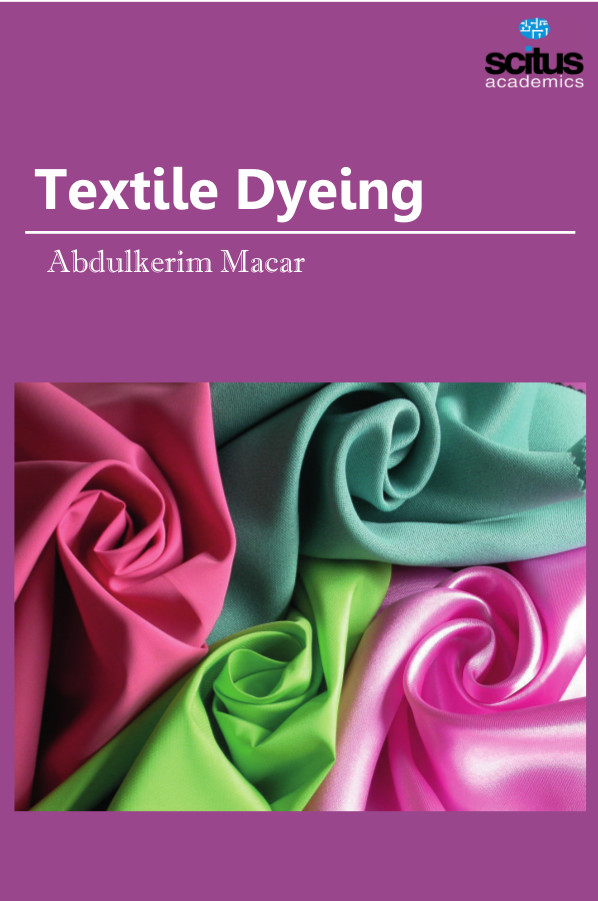Dyeing is a method which imparts beauty to the textile by applying various colors and their shades on to a fabric. Dyeing can be done at any stage of the manufacturing of textile- fiber, yarn, fabric or a finished textile product including garments and apparels. The property of color fastness depends upon two factors- selection of proper dye according to the textile material to be dyed and selection of the method for dyeing the fiber, yarn or fabric. Dyes can be used on vegetable, animal or man-made fibers only if they have affinity to them. Textile dyes include acid dyes, used mainly for dyeing wool, silk and nylon and direct or substantive dyes, which have a strong affinity for cellulose fibers. Mordant dyes require the addition of chemical substances, such as salts to give them an affinity for the material being dyed. They are applied to cellulose fibers, wool or silk after such materials have been treated with metal salts. Sulfur dyes, used to dye cellulose, are inexpensive, but produce colors lacking brilliance. Azoic dyes are insoluble pigments formed within the fiber by padding, first with a soluble coupling compound and then with a diazotized base. Vat dyes, insoluble in water, are converted into soluble colorless compounds by means of alkaline sodium hydrosulfite. These colorless compounds are absorbed by the cellulose, which are subsequently oxidized to an insoluble pigment. Such dyes are colorfast. Disperse dyes are suspensions of finely divided insoluble, organic pigments used to dye such hydrophobic fibers as polyesters, nylon and cellulose acetates.
Textile Dyeing discusses in detail several emerging topics on textile dyeing. This book will serve as an excellent addition to the libraries of both the novice and expert.










